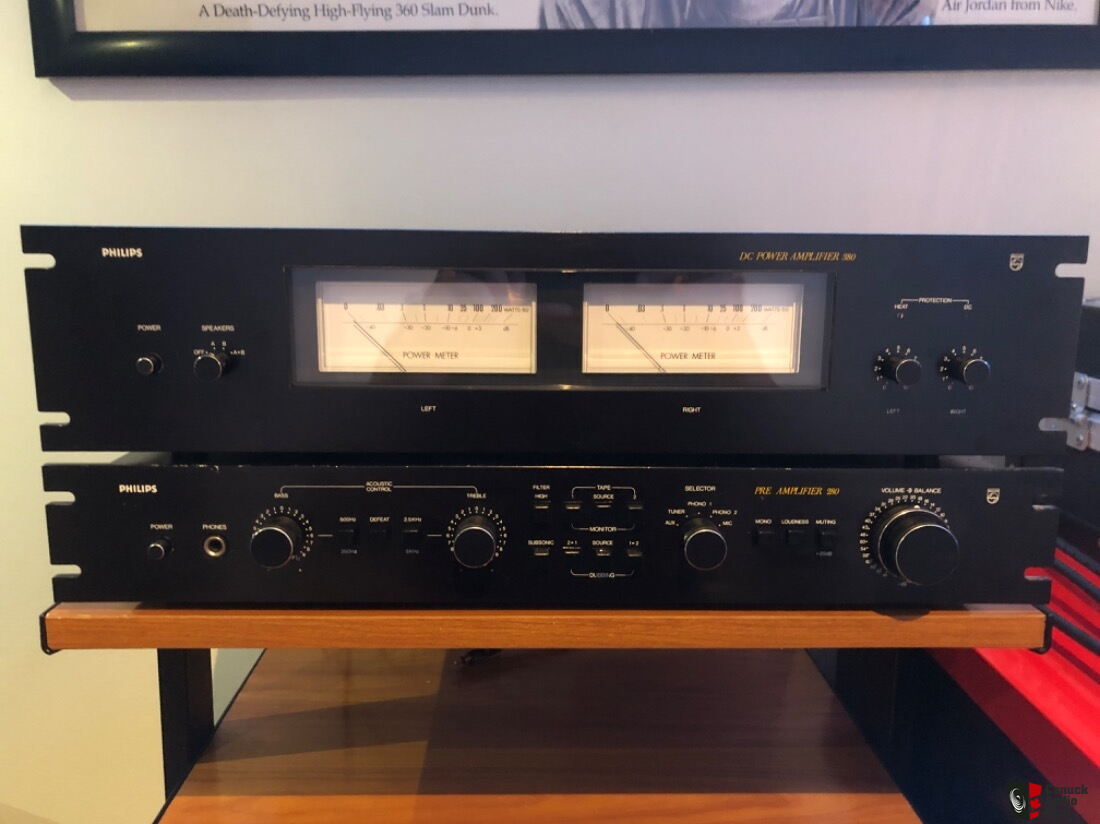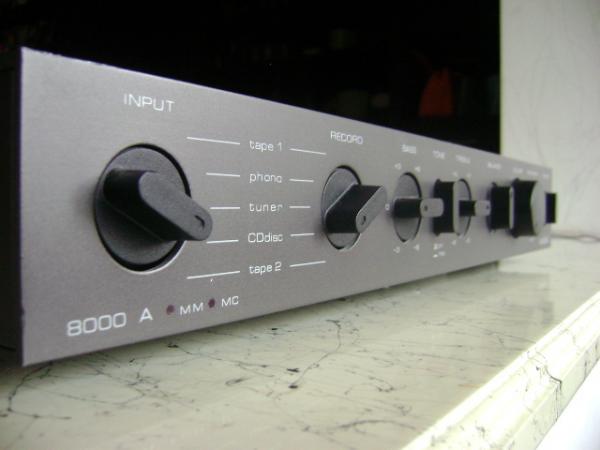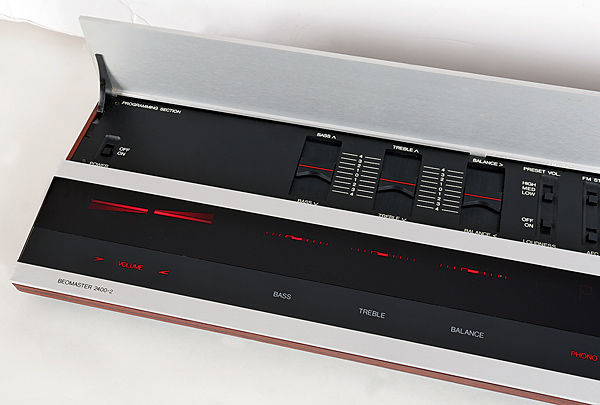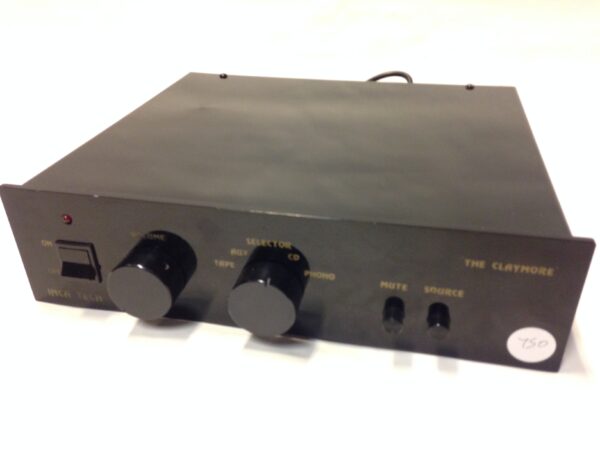Class D, of course. I’m not a fan, but only “so far,” because I don’t have any philosophical issues with it. Experience has taught me that it’s not so much what you do as it is how you do it, and Bruno Putzeys seems to agree. You may not know who he is, but he is the driving force behind technology – at least as it pertains to hi-fi – and if anyone should know, it is him.
For ten years, Putzeys “spent his apprenticeship” at Philips, where he was given the opportunity to work on his own “skunkworks” project. Hypex went on to manufacture a class-leading Class D power module named Universal Class D (UcD). This device family is significantly more stable under varying loudspeaker loads than other Class D designs, with extremely low distortion, noise, and output impedance. Bruno eventually joined Hypex and went on to build the Ncore module, which improves the stability and reduces distortion even further.
Although UcD has been available for some time, Ncore modules are only now making their way into consumer audio equipment, with Marantz’s excellent PM-10 being one of the first. The Mola-Mola Makua/Kaluga preamplifier/monoblock power amplifier combo shown here (£7,499, £9,998 a pair, at the time of launch) now has Ncore NC1200 chips inside, designed by the man who pioneered the technology himself. At the very least, there are great expectations for this amp combination. This is the best Class D amplifier available!
The Kaluga monobloc is an extraordinarily powerful product, capable of outputting a reported 400W RMS per channel, making its five grand per box price tag look just a little bit more comprehensible. It’s beautifully planned up on the inside, with a unique amplifier board connected by direct-soldered star-quad connections. It is necessary to use a large switched mode power supply. The amplifier’s cover has an interesting design that swoops up and down from front to back like waves, alluding both the company’s and amplifier’s nautical names. The wonderfully textured aluminium surface utilized throughout is commensurate with the high price tag, however one wonders how scratch resistant it will be in the long run.
The Kaluga power amplifier would be the show-stopper in a normal world; a state-of-the-art implementation of arguably the greatest Class D module on the market is no minor feat. The accompanying Makua preamplifier, on the other hand, is a stunner, attempting to achieve a number of things that lesser designs either can’t or won’t. When you glance at its back panel and/or inside, the £7,500 price tag doesn’t appear so outrageous. It’s essentially a bay into which other modules may be introduced, allowing it to perform a variety of useful tasks. Above all, there’s a bold and unique new user interface that can be operated via an app on a smartphone or tablet, giving you a lot of versatility.
A microswitch on the back panel may switch the five line inputs between balanced XLR and unbalanced RCA, and there’s also the option of a bespoke PWM DAC (£4,299) and a highly adjustable MM/MC phono stage (£1,699). Each stage has discrete amplifier modules that operate in single-ended differential mode and are controlled by a relay-based volume control that directly regulates the output stage’s gain. Bi-amping outputs, balance and gain offset adjustment, phase inversion and mono modes are also available, though you’ll need to download and install the app for anything other than volume control and source selection, which are done on the front panel.
The Makua contains six “smart buttons” that may be configured for any channel, processing, or routing combination. This is handled by the app, which in general performed admirably. It is bi-directional, so when you twist the fascia volume control, the app receives a signal and adjusts its own graphic display correspondingly. When additional choices are added, such as the phono stage, the software suddenly becomes more functional, allowing you to set cartridge loading and gain, for example. The entire result is really convincing, and not what you’d expect from a new hi-fi brand with no prior experience with this type of product.
The Mola-Mola pair demonstrates that a melodic and tonally pleasing Class D listening experience is feasible. Indeed, it’s so wonderful that its absence of flaws makes you realize how impure Class AB amplifiers can sound, which is fascinating. In a nice way, the Makua/Kaluga combination is open, detailed, balanced, even, and largely devoid of individuality. There’s no feeling of it trying to be political, or of it being stifled by its flaws. There are vast swaths of power available at any time, which are summoned with incredible speed, yet there is never a sensation of strain. It makes even the most difficult records look simple to perform, with nothing special added or removed.
This amplifier can scythe through even the most thick and compressed mixes to extract a lot of low-level detail, which it then stitches together in a pleasantly rhythmically consistent manner. At the same time, its inherent clarity provides human voices actual body, allowing them to convey their distinct textures with ease. Furthermore, when the music’s dynamic peaks demand it, it can swing massive quantities of power without sacrificing any of its other functions. If you think about it, that’s exactly what an amplifier – regardless of class – should accomplish.
Its sound retains a certain intrinsic ‘Class D-ness,’ but not in a terrible manner. You’ll never be tricked into believing you’re listening to a huge, louche valve amplifier because the rhythmic sense isn’t gloriously fluid. Instead, everything is carefully arranged and slotted into place; the way this duo delivers rhythms has a military precision to it. It’s actually quite satisfying because it has the firepower to ensure that everything works precisely every time. Even when driving really strong loads like my reference Yamaha NS1000Ms, the Mola-Mola simply gets on with the business of churning out power, never fazed or floundering.
Its neat, orderly presentation is admirable, and it glides through dense rock productions like a hot knife through butter. The intriguing thing is that, despite its forensic nature, this amplifier never sounds clinical. Many of its Class D brethren lack the ‘matter of fact’ quality of this one. Instead, it concentrates on creating an incredibly wide recorded acoustic, within which instruments are placed with riflebolt accuracy while still being able to breathe. If there’s a drawback, it’s that it lacks the swing of traditional Class A and AB amplifiers; the music appears to be a little more organized and neat, and it can’t seem to break free. As a result, it’s all down to personal preference; if its massively strong and controlled sound is what you’re want, you’ll be hard-pressed to find anything better. The Mola-Mola Makua/Kaluga pre/power combo is without a doubt the best Class D amplifier I’ve ever heard, and it’s also fantastic in the grand scheme of things.







